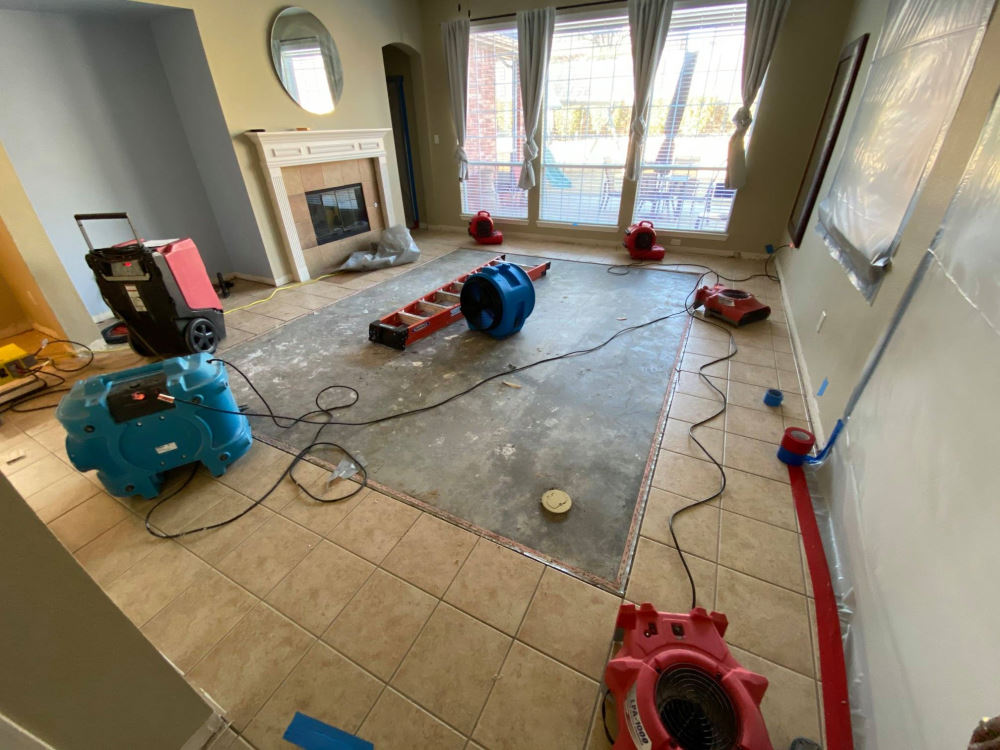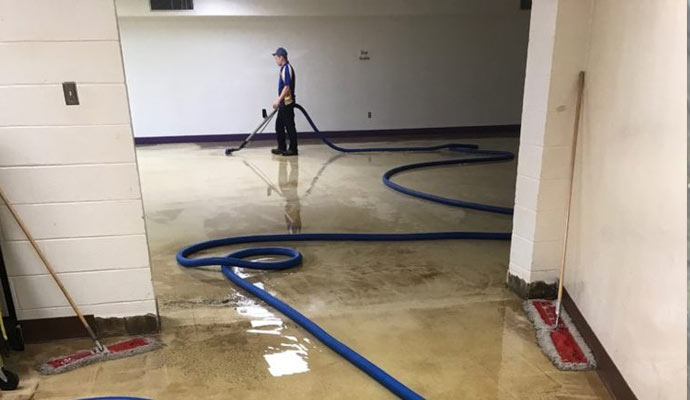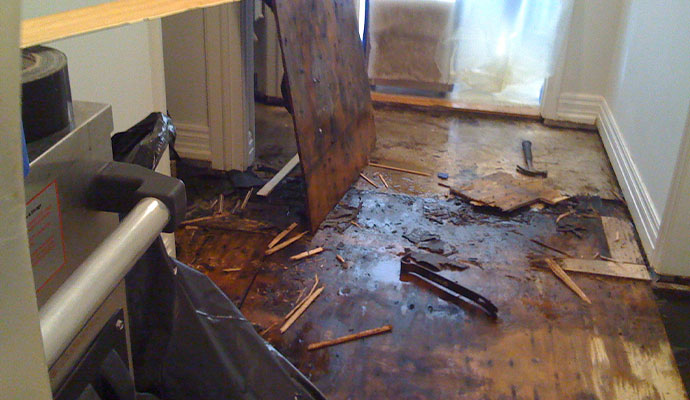Essential Action In Water Damage Restoration Fairfield County Projects
Essential Action In Water Damage Restoration Fairfield County Projects
Blog Article
The Total Guide to Water Damages Reconstruction and What to Anticipate
Water damage can be a substantial problem for both house owners and local business owner, commonly leading to considerable repair work requirements and unexpected prices. Comprehending the complexities of water damage restoration is critical for effective healing, from assessing the resource of the trouble to executing appropriate remediation techniques. This overview intends to clarify each action of the procedure, highlighting prospective obstacles and supplying safety nets. However, the journey through reconstruction is not constantly simple, and specific nuances might emerge that require cautious factor to consider. What are these difficulties, and how can they influence your remediation experience?
Understanding Water Damage
Although water damages can arise from numerous resources, comprehending its nature is critical for reliable restoration. Water damage can normally be categorized into three courses: clean water, grey water, and black water. Clean water stems from uncontaminated sources, such as leaking pipelines or rainfall, while gray water includes minor impurities, frequently from appliances like dishwashing machines or washing equipments. Black water, on the various other hand, presents the highest possible risk as it consists of hazardous virus and toxins, normally arising from sewer backups or floodwaters.
The degree of water damages is additional classified into 4 classifications based on the seriousness of saturation and the products affected. Course 1 involves very little damage to a little location, while Class 4 suggests specialized drying out methods are required for materials like wood or plaster as a result of their high absorption ability. Comprehending these classifications helps restoration professionals evaluate the circumstance accurately and establish the essential reduction approaches.
Trigger identification of the water resource and damage degree is essential for avoiding additional problems such as mold development or structural damages. Proper examination and classification make sure that proper techniques and sources are used, helping with a much more efficient reconstruction procedure.
Preliminary Actions to Take
In the aftermath of water damages, a home owner's quick action is vital to mitigate additional problems - Water Damage Restoration Fairfield County. The primary step is to make sure safety; shut off the electrical energy in the affected area to stop electrical shock. If the water resource is still active, such as a damaged pipeline, closed off the primary supply of water quickly to stop more flooding
Next, examine the level of the damages. Record the circumstance with pictures and notes for insurance policy objectives. When submitting a claim, this documents will certainly be important. Once safety and security is made sure and documentation is total, begin getting rid of any kind of standing water. Usage containers, mops, or a wet/dry vacuum to extract as much water as possible.
After removing standing water, it's essential to dry the location completely. Open doors and windows to boost airflow and think about making use of followers or dehumidifiers to expedite the drying procedure. Remove any kind of damp materials, such as rugs or insulation, that can not be salvaged. Lastly, contact a professional water damage reconstruction solution to attend to the damage and examine, making certain a detailed method to healing. Acting swiftly can significantly reduce long-lasting results and reconstruction expenses.
The Remediation Process

Following the assessment, water removal is done utilizing industrial-grade pumps and vacuum cleaners. Once the water is eliminated, the drying out process starts.
After drying out, the reconstruction team concentrates on cleansing and sterilizing the areas impacted by water. This may involve the use of specialized cleaning agents to get rid of impurities. The final phase includes repair work and reconstruction, where damaged products such as insulation, drywall, and floor covering are replaced or fixed. Throughout the repair procedure, efficient interaction with homeowner is preserved to make certain openness and resolve any issues. This organized method ultimately brings back the building to its original state, securing the health and wellness of its owners.
Usual Challenges Encountered
Water damages restoration usually provides numerous difficulties that can complicate the recovery procedure. One significant challenge is the extent of the damages, which can differ extensively based upon the resource of the water and the period of direct exposure. Groups of water damages, such as clean, gray, or black water, demand various approaches and security procedures, making complex remediation efforts.
An additional obstacle is the potential for mold and mildew growth. If water-damaged areas are not dried quickly, mold and mildew can establish within 24 to two days, providing wellness dangers and calling for additional removal actions. Architectural honesty is additionally a problem; water can endanger wall surfaces, ceilings, and flooring, causing costly more repair services or substitutes.
Stress and anxiousness may shadow judgment, making it challenging to navigate the reconstruction procedure effectively. Comprehending these obstacles is important for both restoration professionals and influenced individuals, guaranteeing a much more reliable response to water damages incidents.
Tips for Prevention
Stopping water damages is a proactive method that can substantially reduce the danger of running into the difficulties previously gone over. To properly guard your property, routine maintenance and cautious surveillance are important.

First, evaluate your pipes system occasionally for leakages or indicators of corrosion. Quickly address any type of problems to stop little leaks from escalating right into substantial water damage. In addition, make certain that rain gutters and downspouts are free from particles to assist in correct drainage far from your home's foundation.
2nd, set up water discovery gadgets in vital locations such as restrooms and basements. These tools can signal you to leaks prior to they trigger comprehensive damages. Moreover, consider making use of sump pumps in locations susceptible to read this post here flooding.

Last but not least, produce an extensive emergency situation strategy that includes shut-off treatments for your major supply of water. By taking these preventative procedures, you not only secure your home however also conserve time and funds that would otherwise be spent on remediation efforts.

Final Thought
Awareness of the types and resources of water damages, along with the obstacles that might emerge during the restoration procedure, is vital for successful results. By comprehending the extensive nature of water damage repair, home proprietors can much better browse the recuperation process and protect their financial investments.
Water damage can normally be categorized into 3 classes: clean water, gray water, and black water. Clean water originates from uncontaminated sources, such as leaking pipes or rains, while gray water consists of minor contaminants, often from appliances like dishwashing machines or washing makers. If the water resource is still active, such as a busted pipeline, shut find out off the major water supply promptly to quit more flooding.
Speak to an expert water damage restoration service to assess and address the damages, guaranteeing a comprehensive technique to recovery - Water Damage Restoration Fairfield County. Classifications of water damage, such as tidy, grey, or black water, demand different techniques and safety and security procedures, complicating restoration initiatives
Report this page